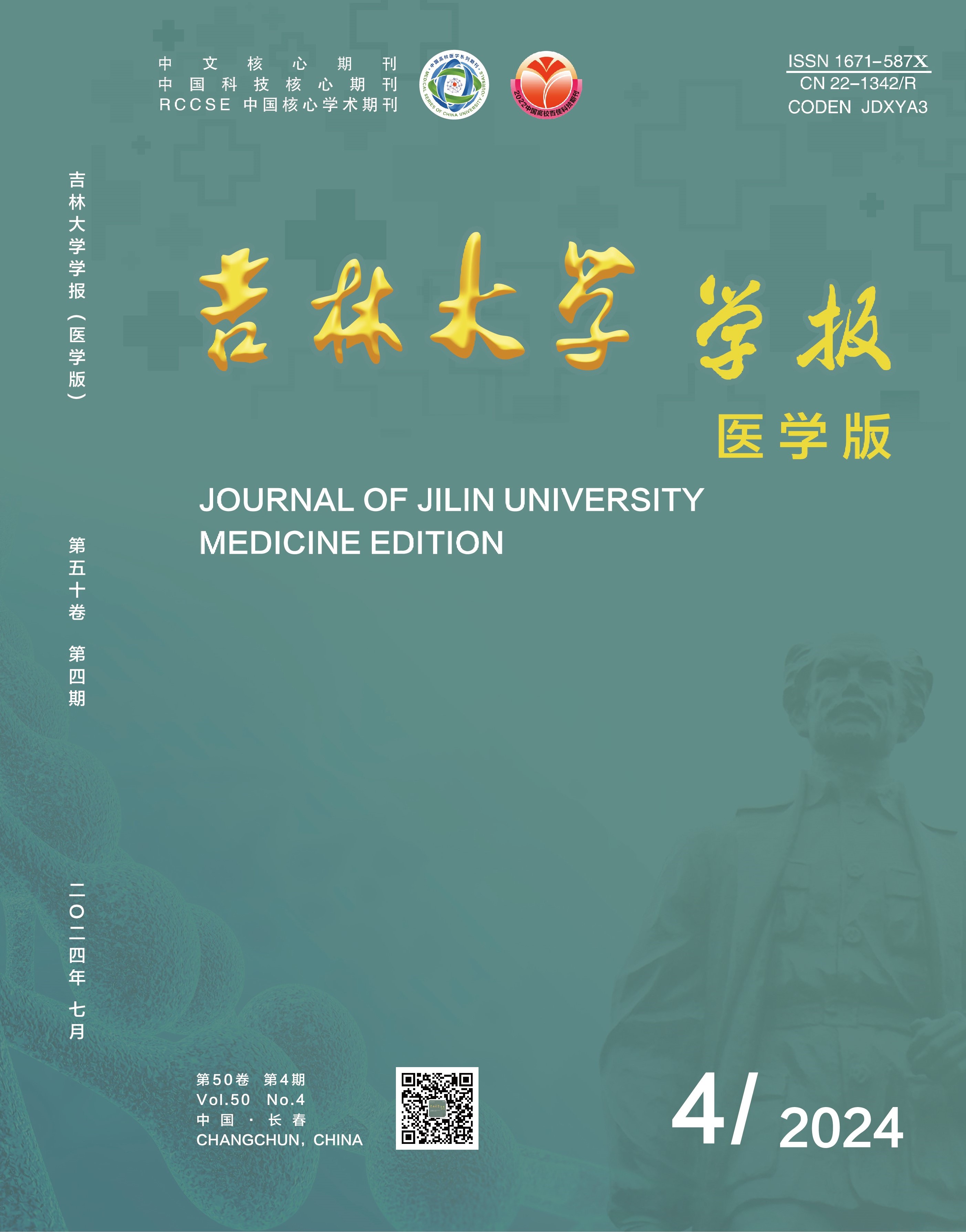
WeChat: JLDXXBYXB
Follow our WeChat account to check the status of submitted articlesand learn more about latest academic achievements.
 Content
Content-
Materials (or Resources) and Methods
1. The sources of the research subjects and materials used must be clearly stated, such as the type, source, nature, and certificate numbers of cell lines or animals; the time frame, hospitals, diagnostic criteria, inclusion criteria, exclusion criteria, and general information of clinical cases; the time frame, region, sampling methods, inclusion criteria, and exclusion criteria of survey respondents.
2. The number of research subjects, grouping methods (whether randomized), and treatment factors must be explained.
3. The detection or survey methods and indicators should be described.
Results
The Results section should be organized in the same order as the Materials and Methods section, with distinct subheadings tailored to the content. The presentation can be in the form of textual descriptions, tables, or figures. The principles for selecting the form of representation are as follows: Textual descriptions should be used when feasible (e.g., for a single set of data), and tables should be used instead of figures when appropriate (bar graphs solely indicating quantities should preferably be replaced with textual descriptions or three-line tables). Subheadings should be concise and avoid phrasing such as 'results of ... effects' or 'outcomes of ... influences.' A brief descriptive text should precede each table or figure, followed by the table or figure itself.
Requirements for Tables:
● Tables should be self-explanatory and avoid redundancy with textual descriptions or illustrations.
● Use three-line tables, with additional auxiliary lines only when necessary.
● The header of each column should be complete. If all units are the same, indicate the unit in the top right corner of the table. If the sample sizes are the same across groups, indicate the sample size in the top right corner as well.
● Nouns, symbols, and units in the table should be consistent with the textual descriptions and illustrations.
Requirements for Illustrations:
Line Graphs:
● Be self-explanatory and avoid repetition with textual descriptions or tables.
● Maintain an appropriate size with uniform and distinct lines for primary and secondary elements.
● Coordinate graphs should have clear labels. Horizontal axis labels should be placed from left to right, and vertical axis labels from bottom to top, centered outside the respective axes. Quantity and unit symbols should be complete, placed after or below the labels. Axis scales should face inward. The typical aspect ratio (cm) for vertical to horizontal axes is 5:7.
● Nouns, symbols, and units in the illustration should be consistent with textual descriptions and tables.
Photographs:
● Electrophoresis lanes and bands should be clear, with labels indicating lane names and band positions (Mr values or bp values).
● Pathological images should be in color, with positive results marked by black arrows, staining methods, and magnification noted.
● Electron micrographs should be clear with good contrast and include a scale bar.
Statistical Analysis Methods:
Statistical analysis methods must detail the name and version of the statistical software used, the type of data (count data or measurement data) and specific names of observed indicators, distribution (whether normal or not), representation of results, significance testing methods, and the level of significance (α).
Discussion
The Discussion section should be structured primarily around the results of the paper, avoiding extensive repetition of the results. Any quoted materials, especially those citing the work of others, should be properly referenced (with the corresponding references provided).
The final portion of the Discussion should summarize the main content of the paper in highly concise language, serving as the conclusion. This summary should encapsulate the key findings and implications of the study, offering a clear takeaway for readers.

 Guide to Authors
Guide to Authors


